We arrived on Okinawa island late last night, but before we talk about that, we want to tell you about our visit to Ikema earlier this week.
Ikema is a small island with a surface area of only 2,6 km2. It is part of the Miyako group of islands, and is in fact connected to the Miyako main island by a long bridge. On the island, there is a small fishing village with a fishing port that we were moored at for two nights after sailing to the island overnight from Ishigaki on Tuesday. We found that the port is in very little use; it was very quiet during the day, and even quieter – perhaps even slightly eerie – at nighttime when it seemed that we had the place all to ourselves. Apart from the magnificent view over the bridge towards Miayko island best enjoyed from the terrace of a local restaurant right next to the bridge, few tourists probably venture further onto the island. However, what the island lacked in terms of hustle and bustle, it made up for by the quaintness and authenticity of the fishing village itself. Ikema is a place where fishing nets are still being dried on the stone walls surrounding people’s gardens, and where everyone you see greets you with a smile. It is like a step back in history, and we thoroughly enjoyed meandering through the village alleys. Unfortunately, like many other once lively villages in the developed world, including our home country Finland, the village looks like it is slowly dying, with many houses empty and most of the inhabitants (at least as far as we could see) being elderly. We could only assume that people of our own generation have not wanted to continue in the footsteps of their mothers and fathers, and the perception of a brighter future elsewhere has resulted in an exodus from this lovely little village.
The village enjoys a fantastic view over the turquoise coral-filled waters, and the sea area in front of the breakwater was a treasure trove for seashell collectors when it dried out at low tide (Lil Sis being somewhat fanatic in this pursuit, and the rest of the family enjoying it to varying degrees too). Hermit crabs had a field day looking for new shells on the dried out beach, and that was indeed the only lively location in the village with the crabs scooting along all over the place dragging along their beautiful shell-homes.
Our encounters with friendly locals that started in Ishigaki also continued on Ikema. We visited Miyako proper (which we didn’t particularly warm to) and took a bus back to Ikema in the evening; we had a short chat with the bus driver before it was time for the bus to leave (talking with our hands mostly as we didn’t really share much of a common language), and he knew that we were staying on a sailboat in the fishing port. When we were nearing the port, it started to rain, and to our amazement, the bus driver diverted from the normal bus route and drove us directly to the fishing pier that we were docked at! He even made sure that we saw where we were going in the rain by shining the bus lights onto the pier until we got onto the boat. Then he sounded the bus horn as a final goodbye.
The evening before we left Ikema, two local men (who we understood to work at a local dive shop) turned up by our boat and asked us some questions about our boat and our journey. They then left, only to return ten minutes later bringing us four bags of sweets to enjoy on the trip! We had not even had a chance to invite them onto our boat (which we would normally do), because we were busy getting everything ready for our early morning departure. Such a lovely and completely unexpected kind gesture from them.
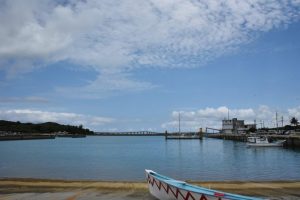
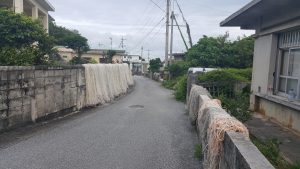
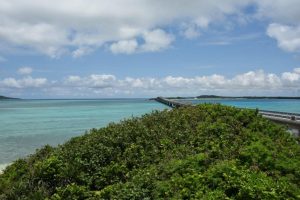
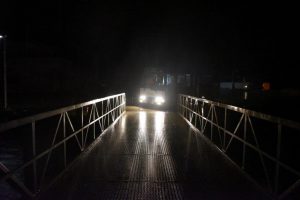
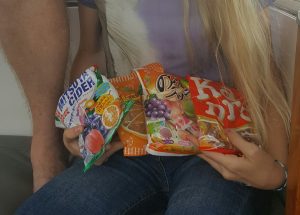

The Japanese are wonderfully friendly people. I’m pleased to read the highs and lows of your voyage. All the best and wishing you fair winds. Jason.